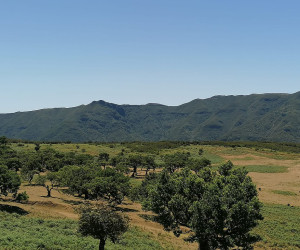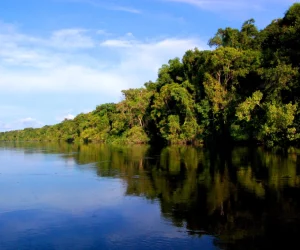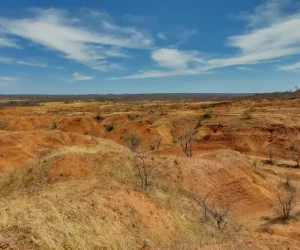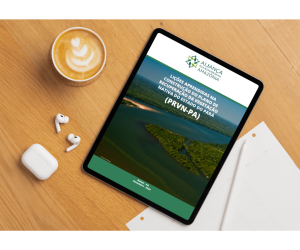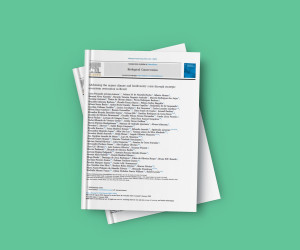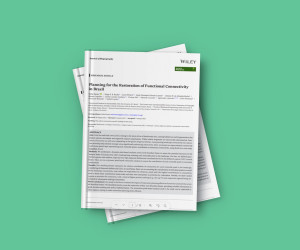News > News
18.09.20
Humanity at a crossroads, says UN Global Biodiversity Outlook 5
Despite encouraging progress in several areas, the natural world is suffering badly and getting worse. Eight transformative changes are, therefore, urgently needed to ensure human wellbeing and save the planet, the UN warns in a major report.
The report comes as the COVID-19 pandemic challenges people to rethink their relationship with nature, and to consider the profound consequences to their own wellbeing and survival that can result from continued biodiversity loss and the degradation of ecosystems.
The Global Biodiversity Outlook 5 (GBO5), published by the UN Convention on Biological Diversity (CBD), with collaboration of Bernardo Strassburg, IIS executive director, offers an authoritative overview of the state of nature. It is a final report card on progress against the 20 global biodiversity targets agreed in 2010 with a 2020 deadline, and offers lessons learned and best practices forgetting on track.
With respect to the Aichi Biodiversity Targets, set in 2010, the analysis based on the 6th set of national re-ports to the CBD and the latest scientific findings shows that seven of 60 “elements”—success criteria—with in the 20 targets have been achieved and 38 show progress. In the case of 13 elements, no progress was made, or a move away from the target was indicated, and for two elements the level of progress is unknown. The report concludes that, overall, of the 20 targets, six of them (9, 11, 16, 17, 19 and 20) were partially achieved by the 2020 deadline.
The report calls for a shift away from “businessasusual” across a range of human activities. It outlines eight transitions that recognize the value of biodiversity, the need to restore the ecosystems on which all human activity depends, and the urgency of reducing the negative impacts of such activity:
- The land and forests transition: conserving intact ecosystems, restoring ecosystems, combatting and reversing degradation, and employing landscape level spatial planning to avoid, reduce and mitigate land-use change.
- The sustainable agriculture etransition: redesigning agricultural systems through agroecological and other innovative approaches to enhance productivity while minimizing negative impacts on biodiversity.
- The sustainable food system stransition: enabling sustainable and healthy diets with a greater emphasis on a diversity of foods, mostly plant-based, and more moderate consumption of meat and fish, as well as dramatic cuts in the waste involved in food supply and consumption.
- The sustainable fisheries and oceans transition: protecting and restoring marine and coastal ecosystems, rebuilding fisheries and managing aqua culture and other uses of the oceans to ensure sustainability, and to enhance food security and livelihoods.
- The cities and infrastructure transition: deploying “green infrastructure” and making space for nature within built landscapes to improve the health and quality of life for citizens and to reduce the environmental foot print of cities and infrastructure.
- The sustainable freshwater transition: an integrated approach guaranteeing the water flows required by nature and people, improving water quality, protecting critical habitats, controlling invasive species and safeguarding connectivity to allow the recovery of freshwater systems from mountains to coasts.
- The sustainable climate action transition: employing nature-based solutions, alongside a rapid phase-out of fossil fuel use, to reduce the scale and impacts of climate change, while providing positive benefits for biodiversity and other sustainable development goals.
- The biodiversity-inclusive OneHealth transition: managing ecosystems, including agricultural and urban ecosystems, as well as the use of wildlife, through an integrated approach, to promote healthy ecosystems and healthy people.
GBO-5 underlines the urgent need to act to slow and end further loss, and highlights examples of proven measures available to help achieve the world’s agreed vision: “Living in harmony with nature” by 2050.

